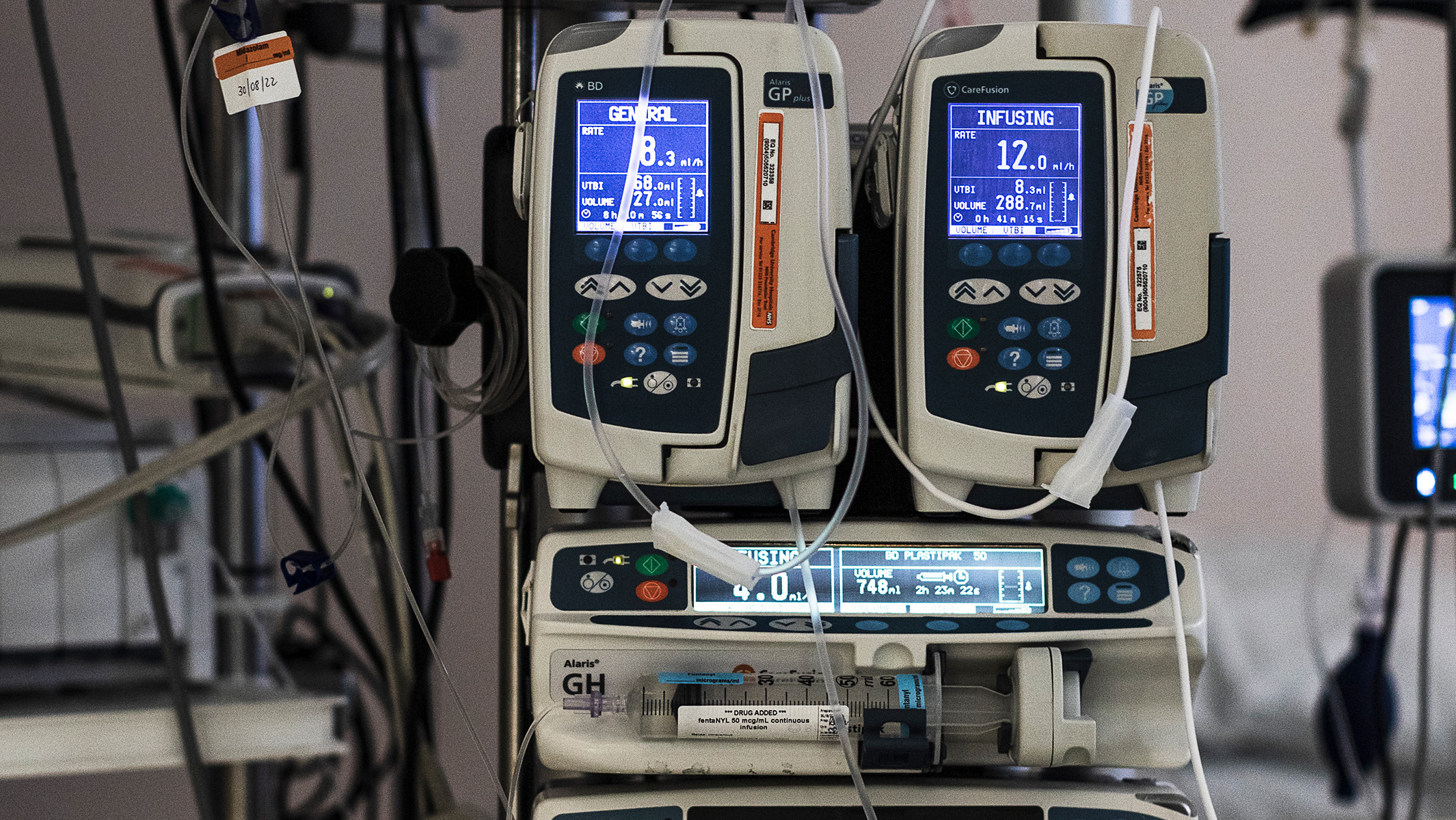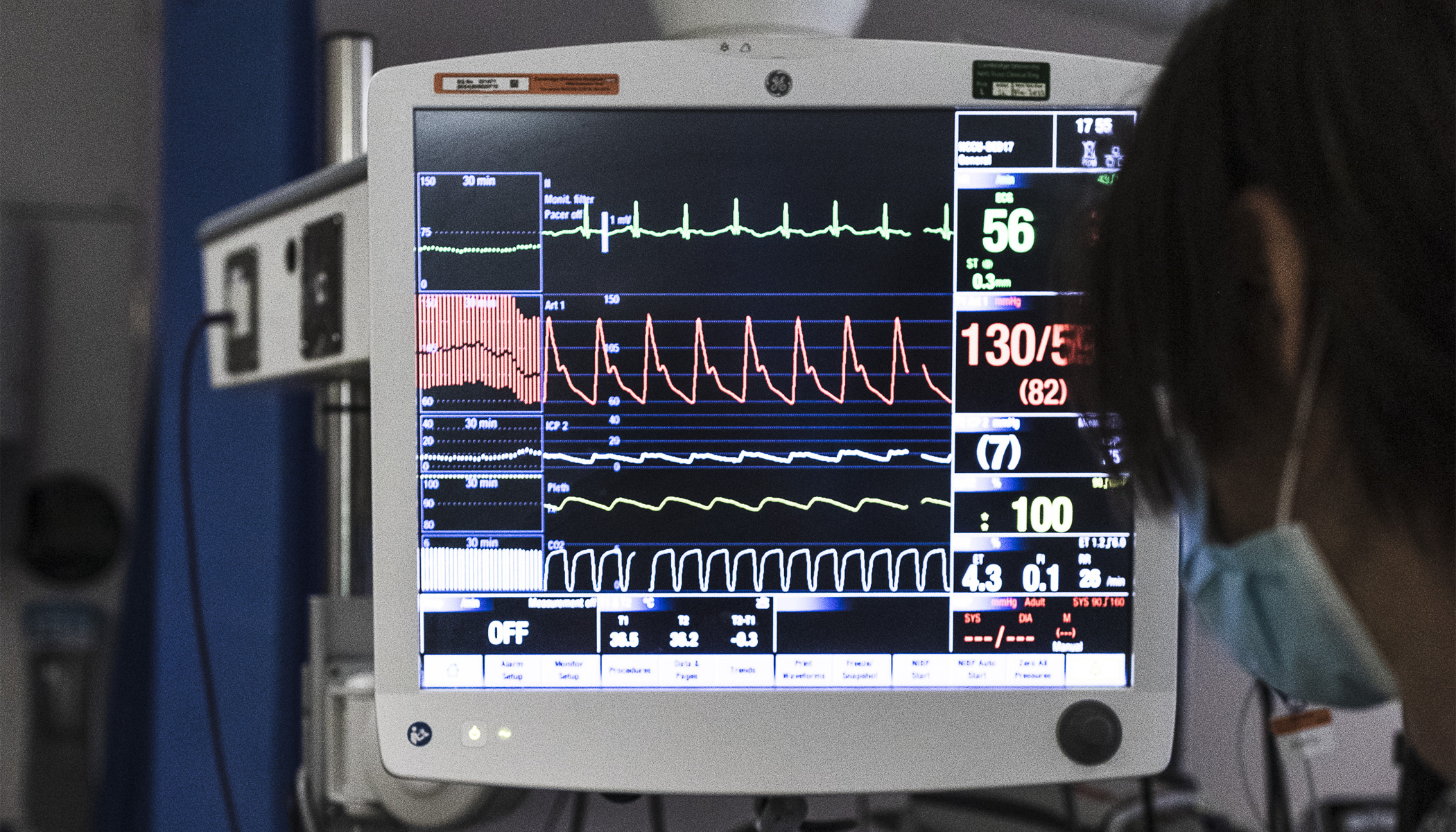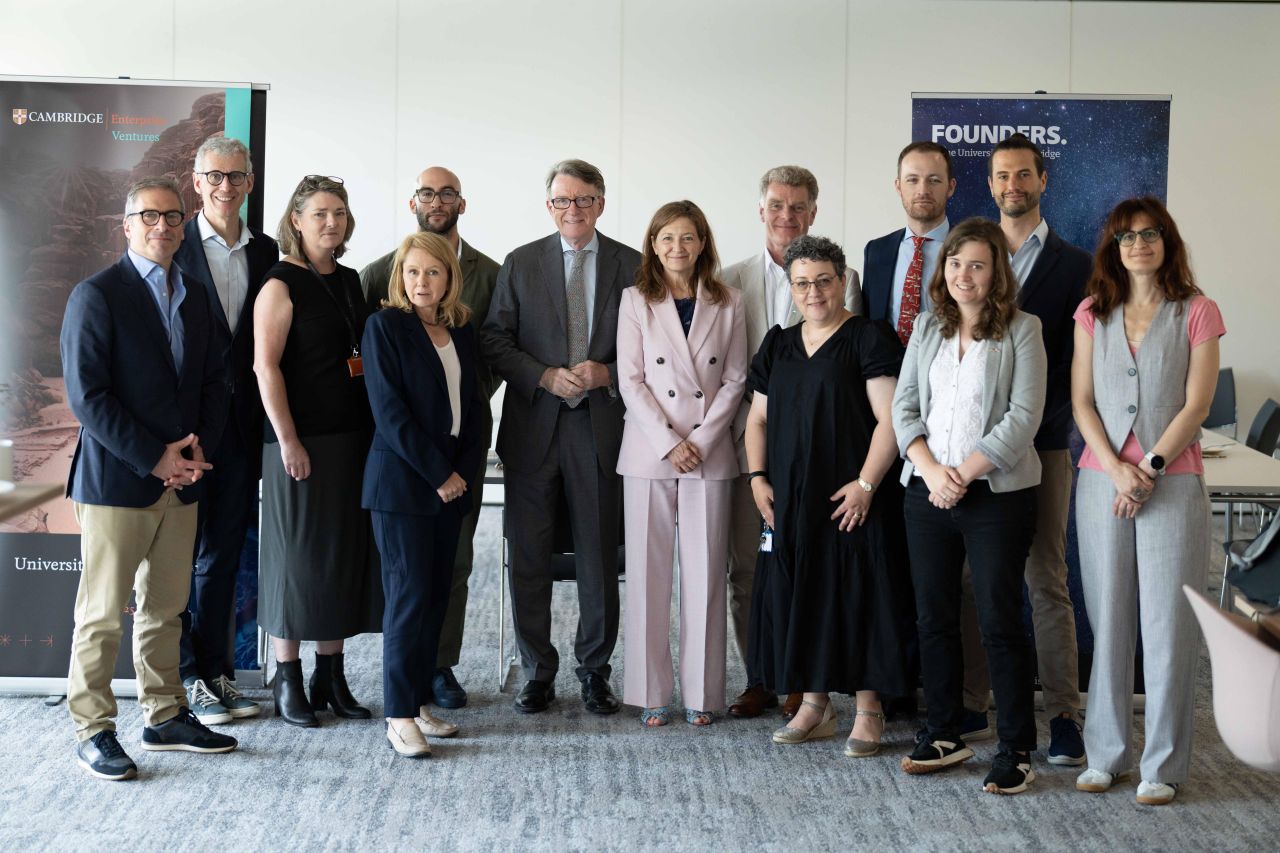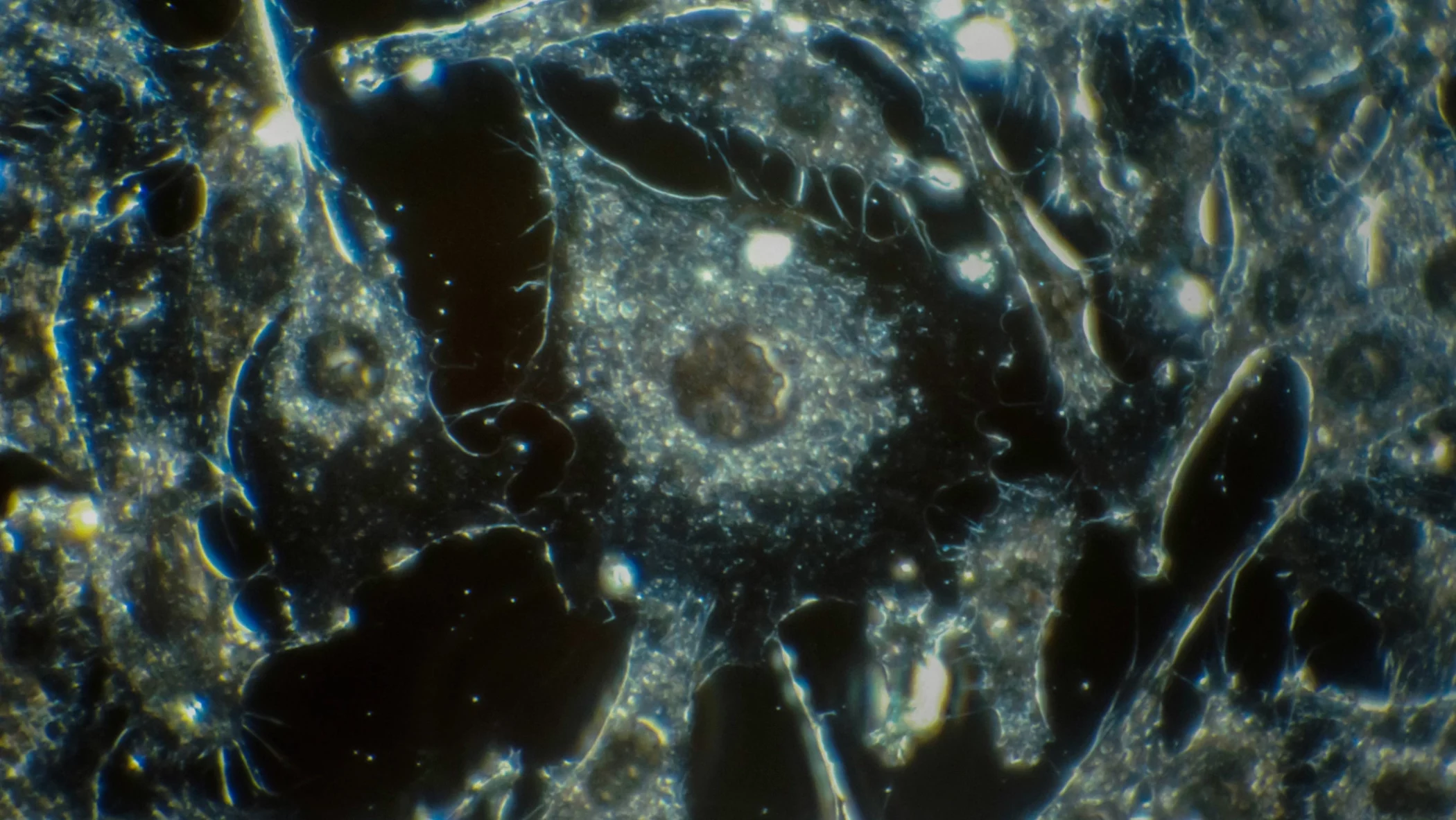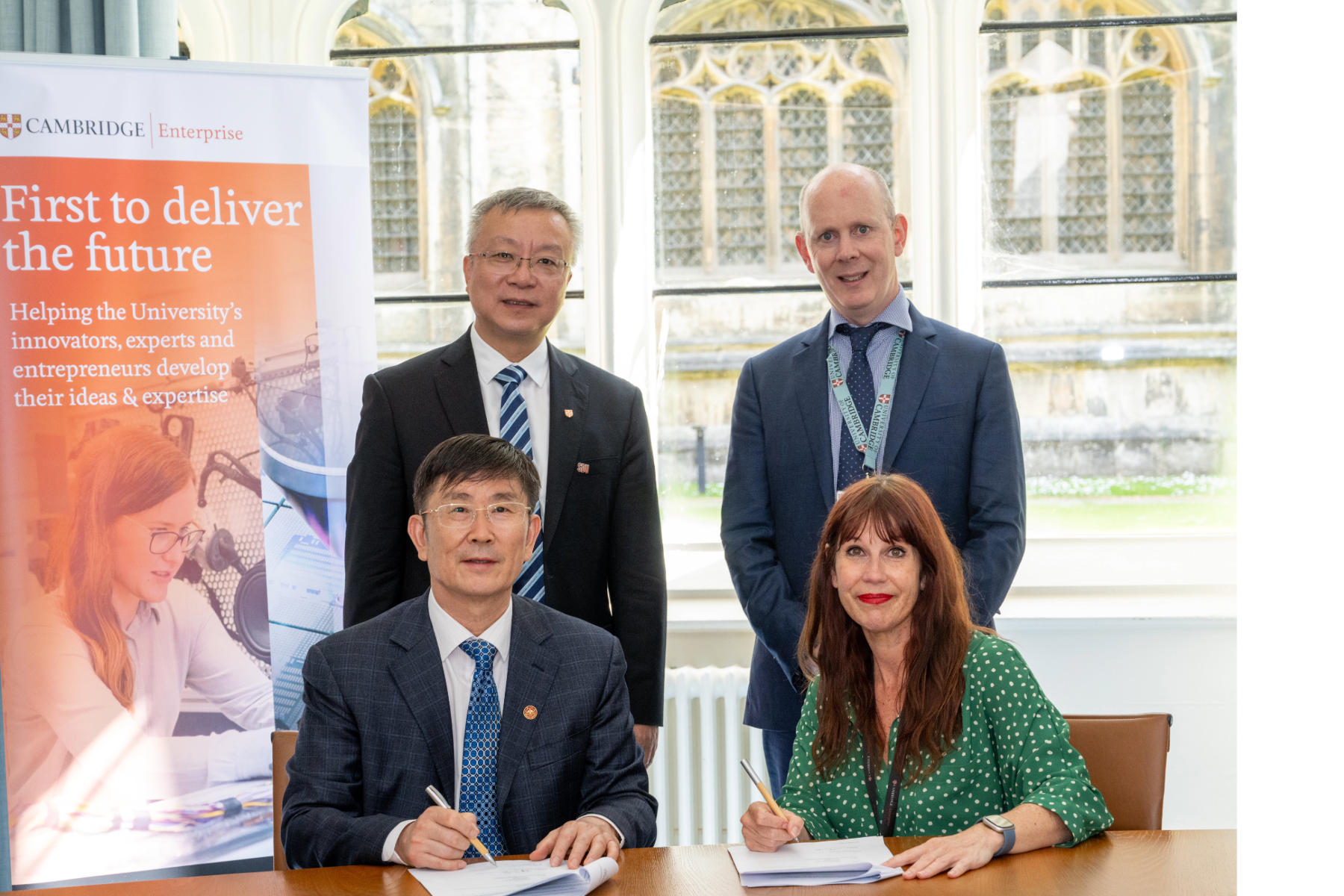This September marked the 20th anniversary of ICM+, a groundbreaking clinical research software created by Dr Peter Smielewski, Head of the Brain Physics Laboratory and Dr Marek Czosnyka, Professor Emeritus of Brain Physics.
Over the past two decades, ICM+ has revolutionised neurological intensive care by providing means of continuous assessment of brain physiology based on real-time processing of data streamed from patient monitors. To commemorate this milestone, we spoke with its two creators alongside key figures who have been instrumental in the journey of ICM+
A pioneering solution
ICM+ stands out as a pioneering clinical research software solution, offering high-resolution data collection and real-time analysis from multiple existing bedside monitoring sources. This innovative tool facilitates the collation, integration, user-configurable analysis, and presentation of rapidly fluctuating data generated from bedside monitors in neurological intensive care environments.
The software has been licensed to hospitals worldwide and implements all the brain monitoring methodologies introduced over the years by the Brain Physics Lab group at the Department of Clinical Neurosciences, University of Cambridge, UK, with a track record of over 500 publications on PubMed.
“The idea was to create a tool that would empower clinical researchers without engineering skills to record, process, store, and analyse physiological monitoring data as easily as they could use Excel.”
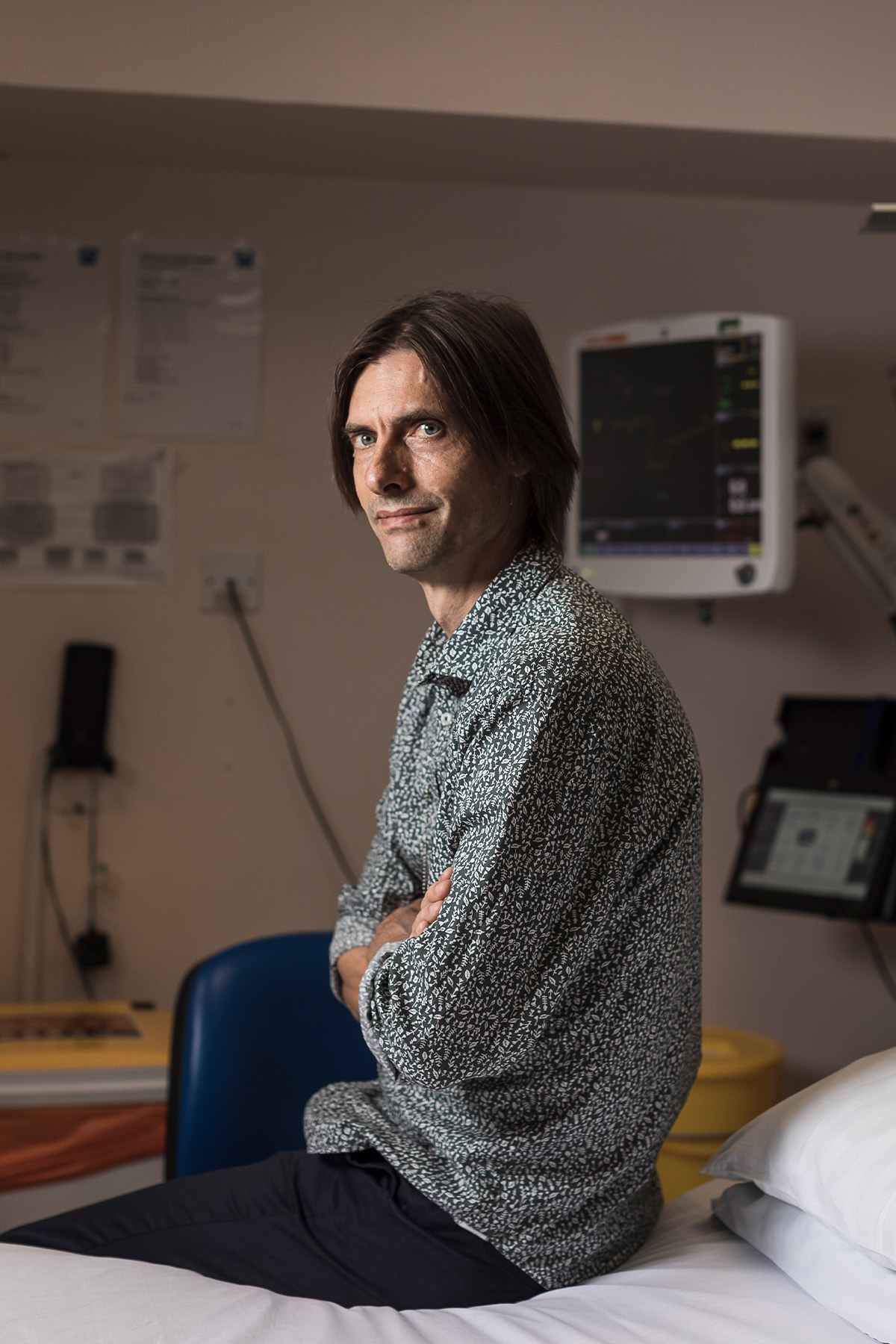
Where it all began
Dr Peter Smielewski recalls the moment, while he was doing his PhD, that sparked the idea for ICM+. “I was looking into means of continuous assessment of blood regulation in the brain. For that, I needed to capture and process continuous, high frequency, measurements of blood flow in the brain as well as blood pressure. I needed the technology that would allow me to do that and to experiment easily and rapidly with that information at the bedside. So, I started developing software for that specific reason. Following the PhD, I realised that we could expand this to encapsulate all the needs we had for intensive care signals acquisition and data processing.”
As we often see at Cambridge, innovation is driven by an initial unmet need. Professor Marek Czosnyka explains how the idea began for him, and how important collaboration within different disciplines was: “The initial vision was formulated by my colleagues from a Children’s Health Centre. Medical doctors and anaesthetists wanted computer monitoring of brain pressure signals in young patients after neurosurgical operations. I was educated to be an electronic engineer, so my knowledge of medicine was limited, but thanks to my colleagues, I learned the basics of neuro-intensive care and clinical neuroscience. The initial vision evolved over time, from 1986, when I created my MS-DOS software ICM (Intensive Care Monitor), until Peter developed its modern successor, ICM+, in 2003.”
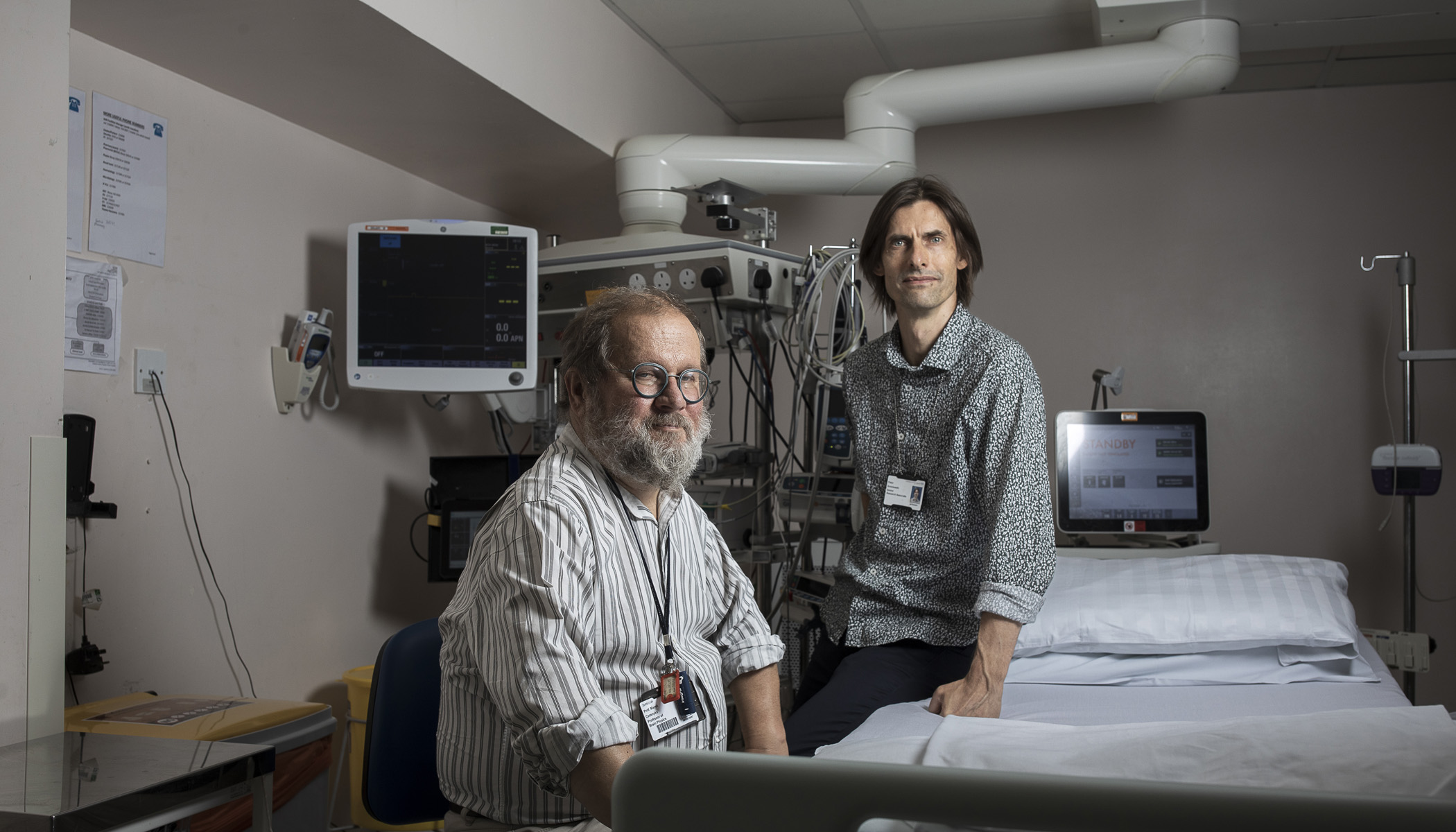
Dr Peter Smielewski, Head of the Brain Physics Laboratory and Dr Marek Czosnyka, Emeritus Professor of the Brain Physics.
Addressing critical gaps in healthcare
The driving force behind creating ICM+ was to fill a significant gap in the field. Dr Smielewski explains, “It was to create a tool that would fill in the gap in the knowledge and technology at the time. Data measurements from the available, standalone, bedside monitors could be potentially captured with various individual, in-house built, tools, processed in physics or engineering labs, and the results published in peer-reviewed journals. But that would be that. The findings would not filter down to the targeted end-user, the clinicians at the bedside, because of the lack of translational means from bench to bedside.
Another gap was, and in fact remains, that common medical electronic record systems would record the intensive care vital signs data at the level of once per hour, or at best, once per minute, disregarding the sub-minute and sub-second variations, including the highly informative pulse shape and spontaneous brain vascular modulations. This is a huge stumbling block for any real progress in individualised patient management based on monitoring.
Therefore, the idea at the time was to create a tool that would empower clinical researchers without engineering skills to record, process, and analyse data at high resolution as easily as they could use Excel.” By doing so, this would go on to make a difference in ongoing clinical research developments as well as the lives of patients.
Challenges and evolution
Professor Czosnyka discusses the challenges faced during the early development stages of ICM for DOS, which happened in Warsaw: “They were very complex and troublesome. For one thing, we didn’t have the microchips; they were under Eastern Block embargo and had to be smuggled in from West Berlin. Despite these challenges, we gained necessary experience on how to deal with recording tasks and interpret the recorded signals using rather primitive, for modern standards, in-house built hardware.”
Reflecting on the concept of evolution, “The very core and philosophy of the modern ICM+ system is more or less similar to the original. The rest is absolutely different and that’s the work of Peter Smielewski, who used to be my Master’s Degree student in Warsaw and subsequently my PhD student at Cambridge University. But now he’s succeeded me as the head of the Brain Physics Laboratory.”
Impact on clinical practices
Professor David Menon, the former Head of the Division of Anaesthesia in the Department of Medicine, and the first Director of the Neurosciences Critical Care Unit (NCCU) at Addenbrooke’s Hospital, highlights the impact of ICM+ on clinical practices and patient outcomes. “ICM+ has provided a means of recording data at a much more detailed level than we currently have in our clinical data recording suites. This has allowed us to look at the physiological insults that patients experience and identify which are most important. It has changed our view of how we look at these patients and has been very important for teaching clinical trainees and bringing consultant colleagues up to date. It creates a community that allows the multidisciplinary team taking care of brain-injured patients to work together more effectively.”
Professor Peter Hutchinson, Professor of Neurosurgery, NIHR senior investigator and Head of the Division of Academic Neurosurgery at the University of Cambridge, concurs.
“ICM+ created a revolution in intensive care and neuro-intensive care at Addenbrookes and beyond. By having this information, we can change our therapies and immediately improve the outcome for individual patients. ICM+ also enables longer term research, so we can collect large amounts of data from patients over long periods of time. This has built up a huge database of brain pressure and how it relates to outcome across a population of patients, thereby looking at therapies in the broader context about how we can change things for the better.”
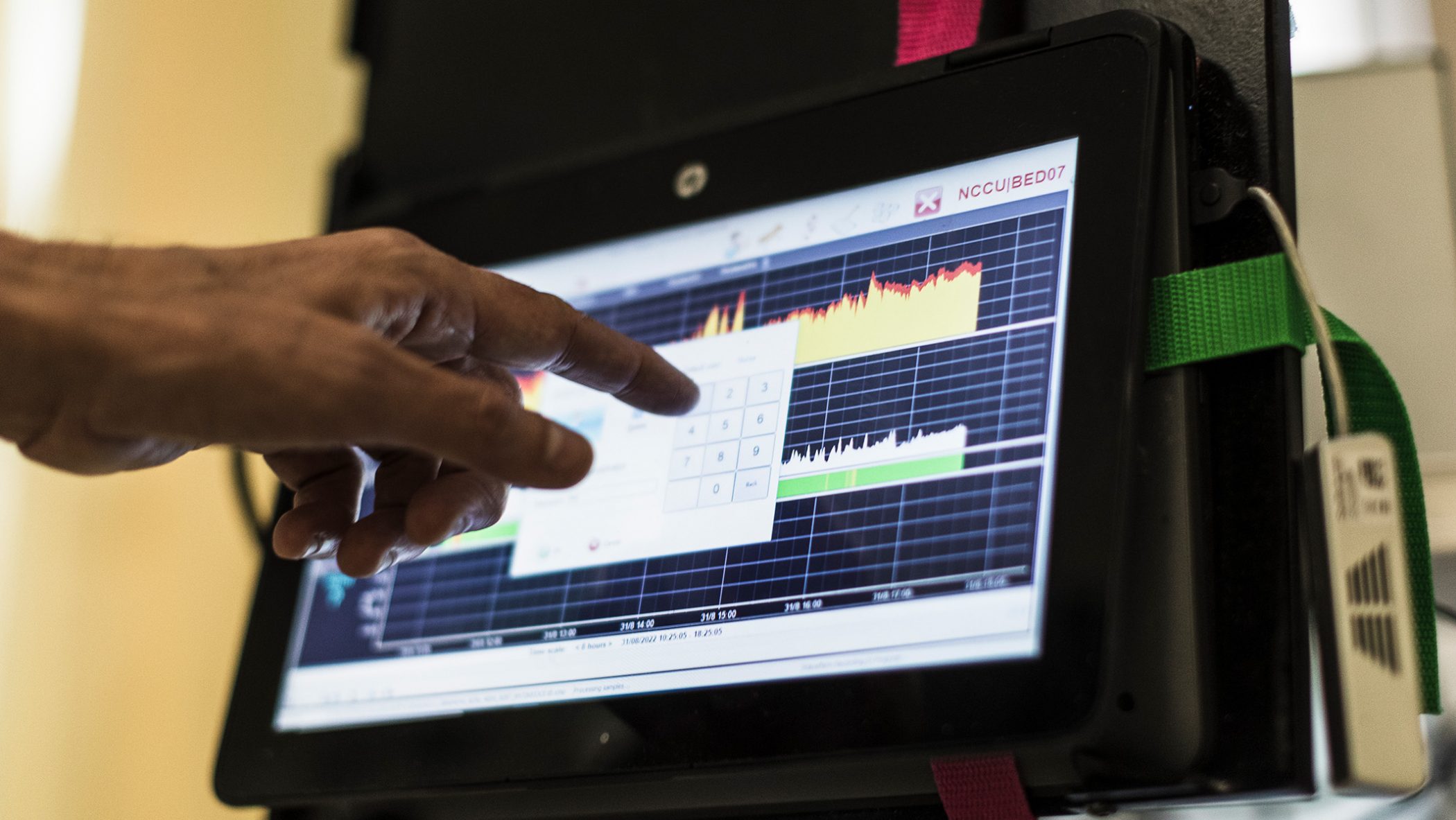
ICM+ Monitor
Changing the landscape of clinical technology
Professor Menon goes on to state, “ICM+ has changed the landscape of clinical technology for both clinical care and research. For example, the BONANZA trial, which is looking at oxygen levels in the brain, is using ICM+ in studies globally because it is the most convenient tool for recording such data. Its generalisability means that in our new national platform for traumatic brain injury research, we can install ICM+ in institutions with little experience in this type of research, connect it to their monitors, and effectively record and bank data. This has enabled large-scale research projects and improved our understanding of physiology and disease.”
Professor Hutchinson adds detail on the impact ICM+ has on clinical management and outcomes. “It’s led to a step change in the management of acute brain injury, particularly traumatic brain injury, which is the commonest cause of death under the age of 40 years and a major cause of disability in survivors. To improve outcomes for these patients we’re introducing new investigations and treatment; ICM+ is a tool that we use alongside the required pressure monitoring, which allows us to implement appropriate treatment in a timely manner to do the best for the patient.”
Collaboration for global impact
Cambridge Enterprise helped bring ICM+ worldwide in a variety of ways as Sarah Murgraff, Research Tools Commercialisation Associate and ICM+ lead, describes.
“Cambridge Enterprise has helped put together almost 800 different agreements with over 200 different institutions across the world, and in over 40 different countries.”
In essence, we take care of the paperwork and negotiate the terms, so the academics focus on developing and delivering the research and tools with as few barriers as possible. Day to day, we put together the research licences and agreements, provide ongoing agreement updates and enable communication between the ICM+ team and users to make sure the software is correctly set up. We also support Peter and the team with any consultancy projects, for example where monitors that are not compatible with ICM+ yet, a collaboration can be formed to meet clinical requirements or to facilitate use cases in corners of the world that might be a little difficult to access otherwise.
Looking ahead
Dr Smielewski envisions significant advancements for ICM+ and its role in the brand-new world of AI. “Moving forward, the driving force in healthcare will be centred around various machine learning technologies and AI. From that perspective, I’m shaping ICM+ to bring that aspect to clinical researchers. I’m creating tools that allow the new generation of clinical researchers, who are now often very skilled with using scripting tools and environments like R and Python, to apply that directly, even at the bedside, to the signals being streamed. This will enable them to experiment with the idea of trying to validate models developed by medical engineering or data science centres, maintaining that bridge between those two worlds.”
As a clinical user of ICM+, Professor Hutchinson has a wish list for the future too. “What we’d love to see is the global availability to continue to grow so that everybody can have access to it. Secondly, we’d love to incorporate other continuous monitoring modalities into the ICM+ software and get a really comprehensive software package that enables us to capture data across a number of other parameters including brain metabolism and chemistry when the technology for these modalities matures.”
As we celebrate this remarkable achievement, we look forward to the future innovations and advancements that ICM+ will bring to the field of neurological intensive care.
The software is available for licensing from Cambridge Enterprise.
Image Credits: Cambridge Enterprise
Video Credit: Cambridge Filmworks



